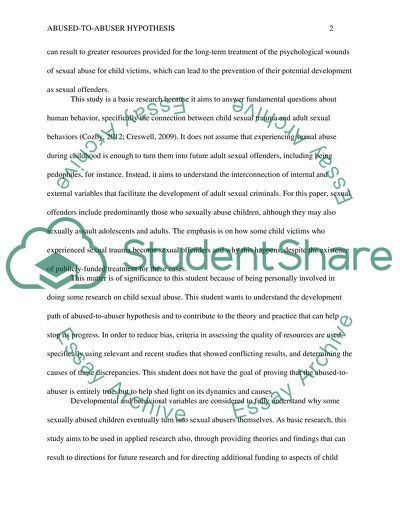Cite this document
(“Sexually-Abused Child Victims as Adult Sexual Offenders Essay”, n.d.)
Retrieved from https://studentshare.org/sociology/1461069-sexually-abused-child-victims-as-adult-sexual-offenders
Retrieved from https://studentshare.org/sociology/1461069-sexually-abused-child-victims-as-adult-sexual-offenders
(Sexually-Abused Child Victims As Adult Sexual Offenders Essay)
https://studentshare.org/sociology/1461069-sexually-abused-child-victims-as-adult-sexual-offenders.
https://studentshare.org/sociology/1461069-sexually-abused-child-victims-as-adult-sexual-offenders.
“Sexually-Abused Child Victims As Adult Sexual Offenders Essay”, n.d. https://studentshare.org/sociology/1461069-sexually-abused-child-victims-as-adult-sexual-offenders.


